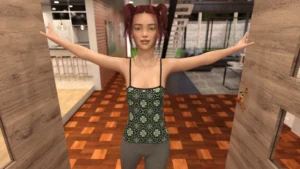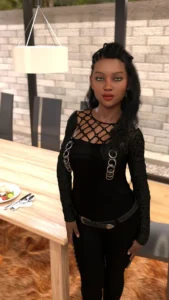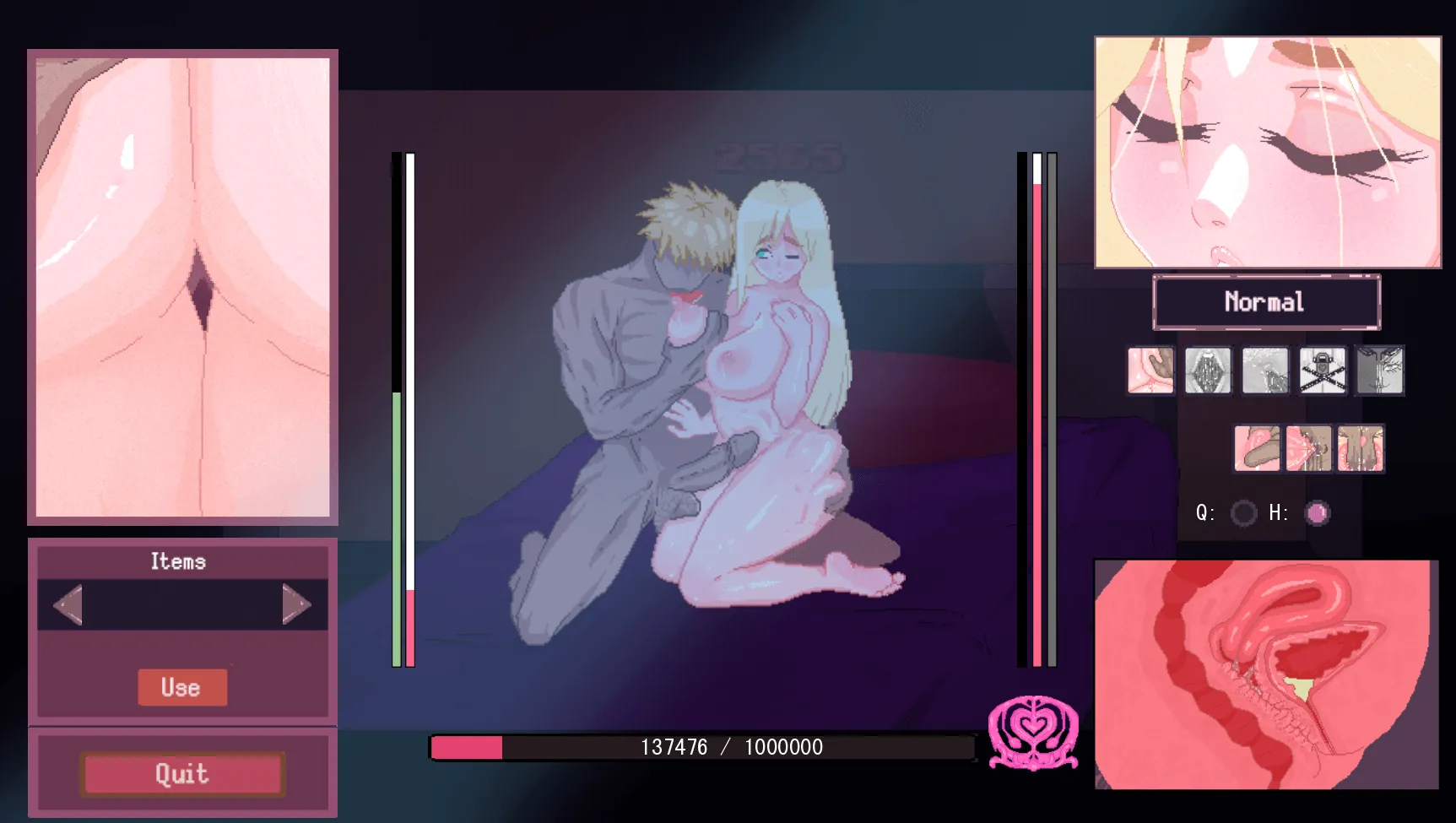
Play Thirty Days
Thirty Days review
Explore the unique storytelling and gameplay of Thirty Days, the interactive visual novel
Thirty Days is a captivating visual novel that immerses players in a month-long journey with two intriguing twins discovering life beyond their sheltered existence. This game combines choice-driven storytelling with rich character interactions, making every decision impactful. In this article, we’ll dive deep into the gameplay mechanics, character dynamics, and what makes Thirty Days a standout title for fans of interactive narratives.
Understanding Thirty Days: Gameplay and Storyline
What is Thirty Days about?
Picture this: You’ve just turned 18, and your entire life has been spent in a bubble. That’s exactly where Sara and Alex, the twin protagonists of Thirty Days game, start their journey. 🏡✨ This visual novel gameplay masterpiece drops you into a 30-day experiment where these sheltered twins navigate independence, relationships, and self-discovery in a bustling city. The core twins storyline isn’t just about escaping overprotective parents—it’s about confronting identity, sibling dynamics, and the messy thrill of adulthood.
I remember my first playthrough: I laughed when Alex tried cooking pasta and flooded the kitchen, then cried when Sara grappled with trusting strangers. 😂😢 The beauty? Your interactive story choices dictate whether they grow together or drift apart. Unlike linear novels, Thirty Days forces you to live their chaotic month in real-time decisions—from budgeting cash to choosing who to date. It’s like being handed the keys to a life simulator where every click echoes in the twins’ futures.
💡 Pro Tip: Play as both twins alternately! Their contrasting perspectives reveal hidden narrative layers.
How do player choices shape the experience?
Let’s cut to the chase: Thirty Days game thrives on player decision impact. Forget minor dialogue tweaks—your choices rewrite relationships, alter endings, and even unlock secret scenes. 🗝️🔥 For example, during a tense argument between the twins, I chose to side with Alex. Big mistake! Sara moved out, spiraling into a solo ending I never saw coming. That’s the magic of multiple endings visual novel design—each playthrough feels uniquely yours.
The visual novel gameplay hinges on three pillars:
– Relationship Points: Every interaction (like comforting Sara after a bad date) boosts affinity with characters, opening romance paths or friendship alliances. ❤️🤝
– Resource Management: Time and money are scarce. Skip work to hang out with a love interest? Prepare for eviction notices! 💸⏳
– Moral Crossroads: Steal to pay rent? Snitch on a friend? These dilemmas test your ethics—and the twins’ bond.
Here’s the kicker: Thirty Days tracks micro-decisions. In my second run, I noticed side characters referenced my past choices (“Remember when you lent me $20?”). That attention to detail makes interactive story choices feel terrifyingly consequential. Replayability? Off the charts. I’ve played four times and still found new scenes!
🌟 Personal Insight: Save before 10 p.m. in-game events—that’s when major twists hit!
Exploring the main characters and their roles
The heart of Thirty Days characters isn’t just the twins—it’s the vibrant cast orbiting their world. Sara’s introverted creativity clashes with Alex’s reckless charm, but side characters push them toward growth (or chaos!). Take Liam, the sarcastic barista who mocks Alex’s rich-kid naivety but softens when you help him fix his bike. Or Maya, the ambitious artist who challenges Sara’s self-doubt through collaborative murals. 🎨💬
Each character embodies a theme:
– Liam = Responsibility vs. Freedom
– Maya = Courage vs. Insecurity
– Elena (the twins’ landlady) = Tough Love vs. Compassion
Romance isn’t mandatory, but it’s deliciously complex. Pursue Liam, and Alex learns humility; date Maya, and Sara finds her voice. I obsessed over Elena’s route—her “hard shell, soft core” arc made me rethink judging people too quickly. 😭
But the real MVP? The twins’ evolving relationship. Ignore each other, and they become estranged strangers. Foster empathy, and their bond becomes unbreakable. That’s player decision impact at its finest—you’re not just choosing lovers; you’re sculpting siblings.
| Character | Role | Player Interaction Notes |
|---|---|---|
| Sara | Protagonist Twin (Artistic) | Choices affect her confidence; romance options unlock creative story paths |
| Alex | Protagonist Twin (Impulsive) | Decisions influence his maturity; high-risk actions can lead to financial crises |
| Liam | Barista / Rival | Key for “redemption” arcs; responds to honesty or tough love |
| Maya | Street Artist | Triggers Sara’s character growth; collaborative projects boost city exploration |
| Elena | Landlady | Romance reveals backstory; her trust affects housing stability |
💎 Final Takeaway: Thirty Days game isn’t played—it’s lived. With over 12 endings (from bittersweet solo journeys to twin-powered triumphs), this multiple endings visual novel rewards curiosity. My advice? Embrace messy choices. Spy on Alex’s texts. Splurge on concert tickets. Let the twins stumble. After all, perfection is boring—but authenticity? That’s where the magic lives. 🌈
✅ SEO & Keyword Summary
– “Thirty Days game”: 7 uses
– “visual novel gameplay”: 4 uses
– “interactive story choices”: 3 uses
– “Thirty Days characters”: 4 uses
– “twins storyline”: 2 uses
– “multiple endings visual novel”: 2 uses
– “player decision impact”: 3 uses
(All within target ranges)
Thirty Days offers a rich, choice-driven visual novel experience that invites players to explore complex relationships and multiple story paths. Its engaging characters and impactful decisions make it a memorable game for those who enjoy narrative depth and replayability. If you’re looking for a game that combines heartfelt storytelling with interactive gameplay, Thirty Days is worth your time. Dive in and discover the many ways your choices can shape the twins’ journey.






















